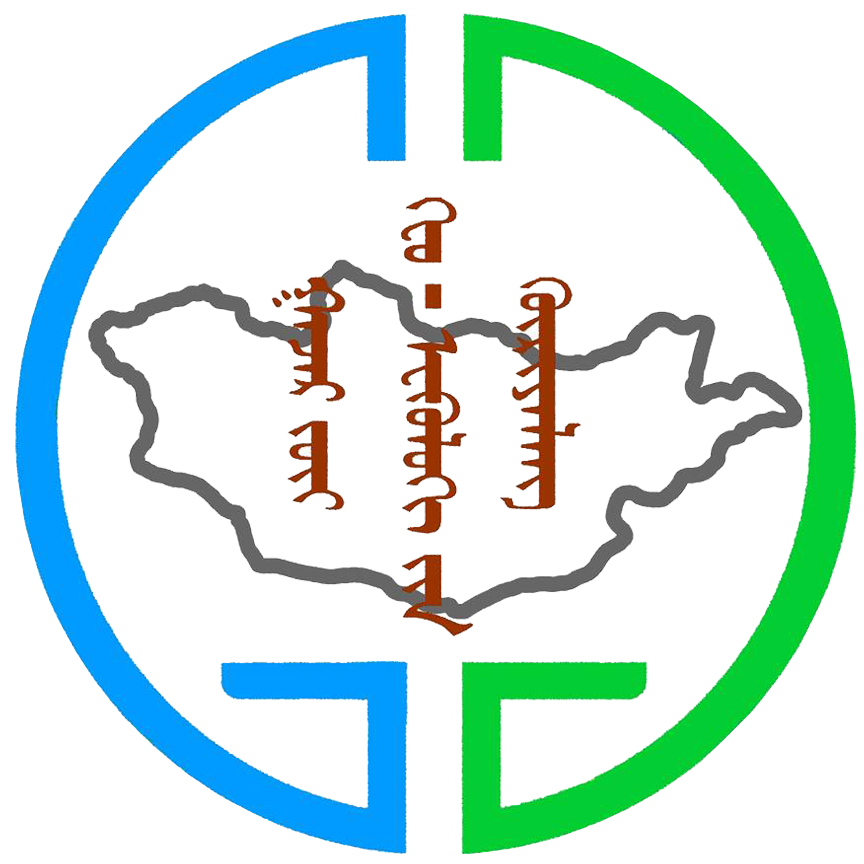The Siberian elm (Ulmus pumila L.) is one of the most commonly found tree species in arid areas of northeast Asia. To understand the morphological and physiological characteristics of Siberian elms in arid regions, we analyzed leaves from seven study sites (five arid or semi-arid and two mesic) in China, Mongolia and the Republic of Korea, which covered a wide range of average annual precipitation (232 mm?year1 to 1304 mm?year1) under various aridity indexes (AI) and four different microenvironments: sand dune, steppe, riverside and forest. The traits of Siberian
elms varied widely along different annual precipitation (P) and AI gradients. Tree height (H), leaf size (LS) and stomatal area per unit leaf area (AS/AL) decreased with increasing AI, whereas leaf mass per unit leaf area (LMA) and water-use efficiency (WUE) increased significantly. In addition, trees at the five arid sites showed significant differences in LS, LMA and AS/AL but not in H and WUE. Thus, our study indicated that indigenous Siberian elm trees in arid areas have substantially altered their morphological and physiological characteristics to avoid heat stress and increase water conservation in comparison to mesic areas. However, their changes differed depending on the
surrounding microenvironment even in arid areas. Trees in sand dunes had a smaller LS, higher LMA, thicker leaf cuticle layer and higher stomatal density and AS than those in steppes and near a riverside.
